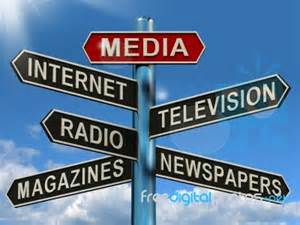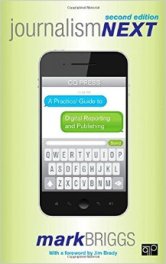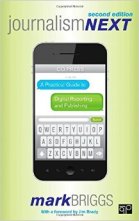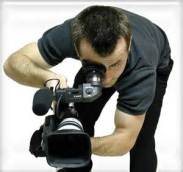In today’s world of journalism, going digital is the new thing. If you aren’t reporting in newspapers or television, than you are doing it online. In Briggs’ Chapter 11 of journalism NEXT, being a journalist of today means you need to build a digital audience for news. One way to do this is to create a spread sheet. Now I know personally that spread sheets can be quiet difficult. However, you need them to track things such as how many videos are posted each day, the top stories of the day, and user generated content.
Why is all of this so important? Well besides it being a personal advantage it can help grow and track your audience. Being a journalist, you already know who your audience is after you have written a few stories. Now you need to figure out how to grow your audience. This way you can look at what type of ways I can branch off and gather new members of your audience. Check out more ways to build your audience digitally http://tinyurl.com/p7khkaj and how to get your hands on Briggs’ book. http://tinyurl.com/qbmlt54













